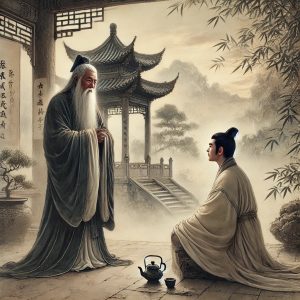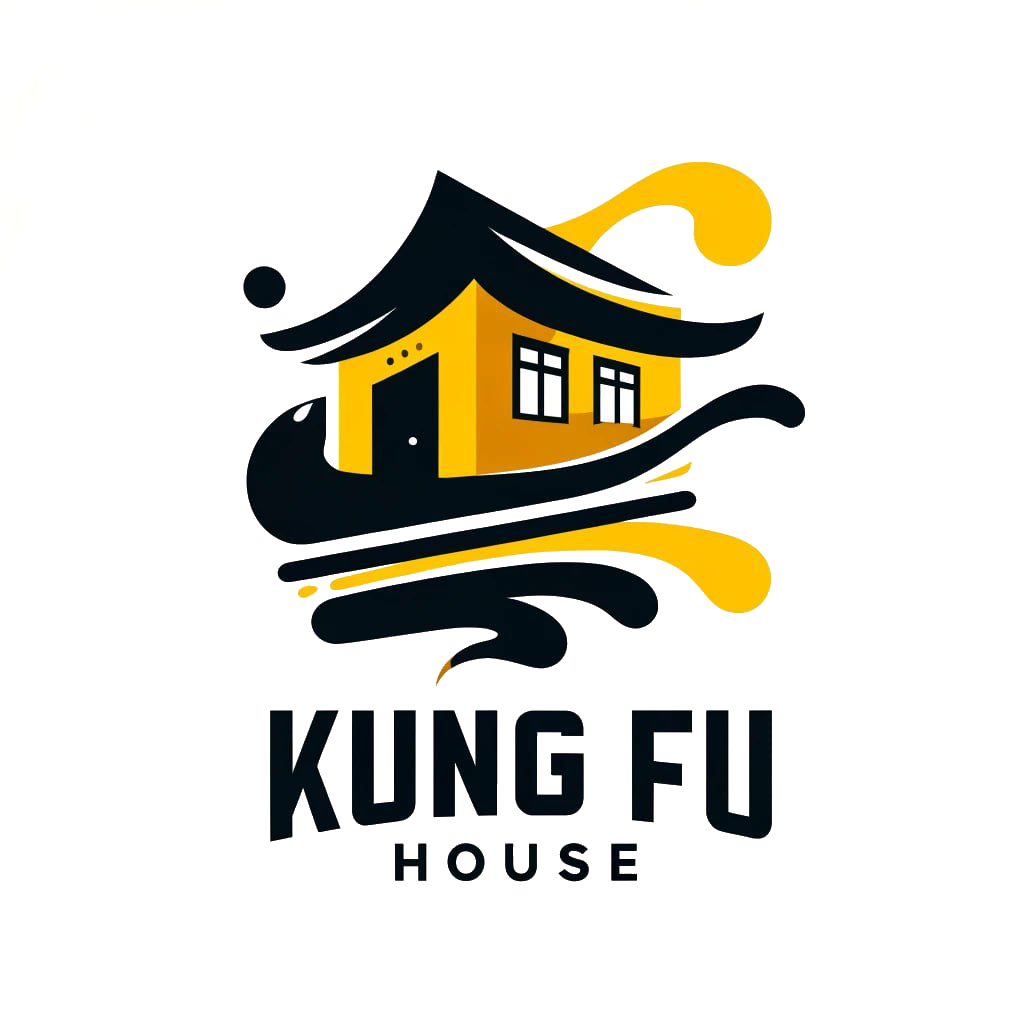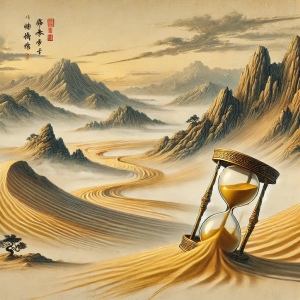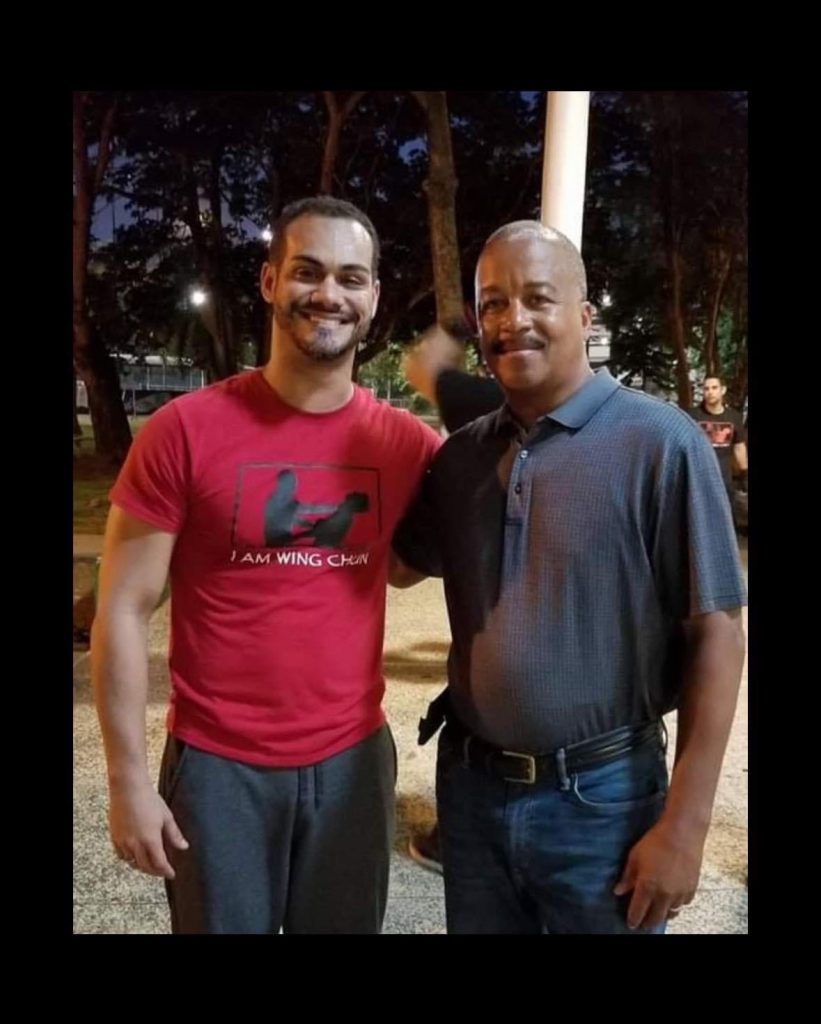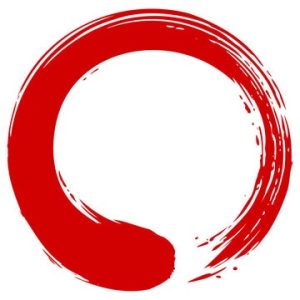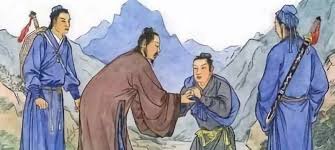En la vasta y antigua tradición del Kung Fu, existe una distinción entre los estudiantes que aprenden de manera casual y aquellos que son aceptados como discípulos internos. Convertirse en un estudiante interno es un compromiso sagrado que representa no solo el aprendizaje de técnicas, sino la transmisión del corazón mismo del arte. Es una relación que va más allá de lo físico y se adentra en los aspectos espirituales y emocionales del Kung Fu. ¿Pero qué rasgos distinguen a alguien como un buen candidato para este camino único y exigente?
Aquí se presentan los rasgos que destacan al identificar a un buen candidato para la vida de un estudiante interno de Kung Fu:
- Compromiso con el Crecimiento, No Solo con la Maestría
El Kung Fu trata sobre la automejora continua. Un verdadero estudiante interno se acerca al arte con humildad, entendiendo que el Kung Fu es un viaje de toda la vida. En lugar de enfocarse solo en alcanzar rangos o elogios, están comprometidos con el crecimiento personal—físico, mental y espiritual. Encarnan un profundo deseo de mejorar, sabiendo que las lecciones que aprenden en el tapete se trasladan a las luchas más amplias de la vida.
El estudiante ideal no busca ganancias rápidas, sino que valora el lento y deliberado despliegue de la sabiduría a través de la práctica. Aceptan los reveses, desafíos e incluso fracasos que son inevitables en el camino, viéndolos como oportunidades para refinar no solo su técnica, sino también su carácter.
2. Respeto y Lealtad a la Tradición
Un estudiante interno es alguien que honra el legado del arte y la línea de la cual proviene. Entienden que el Kung Fu es más que movimientos; es una tradición rica en historia, ética y valores. Su respeto se extiende no solo a su maestro, sino al arte mismo, a los ancestros que lo formaron y a sus compañeros de entrenamiento.
La lealtad es esencial. Una vez aceptado como estudiante interno, el individuo se convierte en parte de una familia—una hermandad o sororidad unida por los mismos principios y compromisos. Protegen la integridad de las enseñanzas y permanecen fieles a los valores inculcados por su Sifu (maestro), practicando con disciplina tanto dentro como fuera del área de entrenamiento.
3. Humildad ante el Poder
El Kung Fu entrena el cuerpo y la mente para manejar el poder, pero el verdadero poder debe equilibrarse con humildad. El candidato ideal es alguien que puede llevar sus habilidades con gracia, sin abusar de sus capacidades ni buscar validación a través de la dominación. Entienden que la verdadera marca de un guerrero no está en superar a otros, sino en dominarse a sí mismo.
La humildad también significa estar abierto a la corrección y la instrucción. Un estudiante interno debe estar dispuesto a ser vulnerable, reconociendo donde fallan y confiando en que su maestro los guiará en la dirección correcta. Esta disposición para aprender y desaprender es lo que les permite absorber las capas más profundas del Kung Fu.
4. Perseverancia y Determinación
El camino del Kung Fu no es fácil. Requiere perseverancia y la capacidad de superar la incomodidad, el cansancio y la duda. Un buen candidato a estudiante interno tiene un depósito de determinación—una fortaleza mental que les permite seguir adelante cuando otros se rendirían. Entienden que la maestría requiere tiempo y no temen el largo y, a veces, arduo camino que tienen por delante.
La perseverancia no solo se trata de resistencia física; también se trata de resistencia emocional y espiritual. Un estudiante interno enfrentará batallas internas—momentos de duda, impaciencia o frustración. Su habilidad para mantenerse en el camino, para centrarse en la visión a largo plazo, los diferenciará de los demás.
5. Un Corazón de Servicio
El Kung Fu, en su esencia, trata de algo más que el beneficio personal; se trata de contribuir al bien común. Un verdadero estudiante interno entiende que las habilidades que desarrollan no son solo para ellos, sino para su comunidad. Ya sea a través de la enseñanza, protegiendo a otros o simplemente viviendo como un modelo de disciplina y virtud, devuelven al mundo lo que han aprendido.
El servicio en el Kung Fu no solo se trata de ayudar a otros físicamente; se trata de encarnar los principios del arte en la vida cotidiana—ofreciendo amabilidad, respeto y paciencia a los demás, y usando su fortaleza interior para hacer del mundo un lugar mejor.
6. Apertura a la Transformación
El Kung Fu no solo se trata de aprender a pelear; se trata de transformación. El proceso de convertirse en un estudiante interno es un viaje de autodescubrimiento, uno que desafía viejos hábitos y formas de pensar. Un buen candidato es alguien que está abierto a esta transformación, que está dispuesto a dejar ir lo que ya no le sirve para crecer y convertirse en una versión más fuerte y sabia de sí mismo.
Están abiertos a la posibilidad de que el Kung Fu los cambie de formas que aún no comprenden completamente. Se acercan al arte con curiosidad, sabiendo que sus verdaderas lecciones se revelan con el tiempo, a través de la práctica, la reflexión y la guía de su maestro.
7. Comprensión del Concepto de “Estudiante Interno”
Para muchos, el concepto de convertirse en un estudiante interno puede parecer extraño o incluso anticuado. En un mundo donde el conocimiento está tan fácilmente accesible, la idea de una transmisión selecta y privada de sabiduría puede sentirse ajena. Pero en el Kung Fu, este concepto es vital para preservar la profundidad e integridad del arte. Ser un estudiante interno no se trata de exclusividad por sí misma; se trata de crear un espacio donde los aspectos más profundos del Kung Fu puedan ser transmitidos con intención y cuidado.
La ceremonia que acompaña al convertirse en un estudiante interno puede resultar extraña para algunos, pero cumple una función importante. Marca el comienzo de un compromiso más profundo, uno que reconoce la sacralidad del vínculo entre maestro y alumno. Esta ceremonia es un rito de paso, un momento que significa que el alumno está listo para asumir las responsabilidades y desafíos que vienen con las enseñanzas más profundas del Kung Fu.
8. El Simbolismo del Sobre “Hong Bao”
Un elemento clave de la ceremonia de estudiante interno es la ofrenda de un “Hong Bao,” un sobre rojo que tradicionalmente contiene un regalo monetario para el Sifu. Aunque esto pueda parecer transaccional, su significado es mucho más profundo. En Kung Fu, aceptar el honor de convertirse en un estudiante interno conlleva un cierto peso—debe “doler” de alguna manera, representando la seriedad del compromiso que se está tomando. No se trata de un simple intercambio de dinero; es un símbolo de sacrificio y respeto.
Ser un estudiante interno trae beneficios adicionales que un no-interno no tiene. Acceso a secretos celosamente guardados, entrenamiento avanzado y una relación más profunda con el maestro son todos privilegios. Si una persona recibiera estos secretos y beneficios sin ningún costo o esfuerzo, cualquiera podría reclamar este honor, y perdería su significado. El “Hong Bao” es una reflexión de la comprensión del estudiante de que este camino requiere sacrificio, tanto en términos de esfuerzo físico como de dedicación emocional.
Sin embargo, es importante notar que el “Hong Bao” no es el único factor que determina la valía de alguien como estudiante interno. El carácter adecuado debe ser evidente mucho antes de la ceremonia. Un maestro evalúa la disciplina, humildad y disposición de un candidato para las responsabilidades que vienen con esta posición. La tarifa es solo una parte de la ceremonia; las virtudes del estudiante son lo que realmente determina si son dignos de convertirse en estudiantes internos.
9. La Ceremonia de Bai Si:
Un Rito Sagrado La Ceremonia de Bai Si (拜師) es el acto formal de convertirse en un estudiante interno. Este ritual profundamente simbólico es el momento en que la relación entre Sifu y estudiante se transforma de casual a personal, donde el estudiante es bienvenido a la “puerta interior” de las enseñanzas del maestro. Bai Si significa literalmente “reverencia al maestro,” lo que simboliza el compromiso del estudiante con el respeto y la gratitud, así como la disposición del maestro a impartir los aspectos más profundos de su conocimiento y sabiduría.
Parte de la ceremonia a menudo implica que el estudiante sirva té a su Sifu como muestra de humildad, respeto y gratitud. Esta ofrenda de té es un gesto que va más allá de la mera tradición; representa el reconocimiento del estudiante del lugar del Sifu no solo como entrenador o instructor, sino como un mentor y guía en la vida. Beber el té marca la aceptación formal del estudiante en la línea del Sifu y solidifica el vínculo que dará forma al desarrollo futuro del estudiante.
Este momento no es solo una formalidad—lleva un profundo peso emocional. El acto de servir y recibir té simboliza la confianza mutua, el respeto y el acuerdo tácito de que tanto el Sifu como el estudiante honrarán sus compromisos entre sí y con el arte del Kung Fu.
Conclusión
Convertirse en un estudiante interno en la vida del Kung Fu es un privilegio que exige más que habilidad técnica. Requiere un profundo compromiso con el crecimiento, humildad, perseverancia y un respeto inquebrantable por la tradición. Un verdadero estudiante interno encarna el espíritu del arte, permitiéndole dar forma no solo a sus movimientos, sino también a su corazón y mente.
El concepto de “indoorship” puede parecer extraño, pero desempeña un papel crucial en la preservación de las capas más profundas del Kung Fu. A través de la ceremonia
